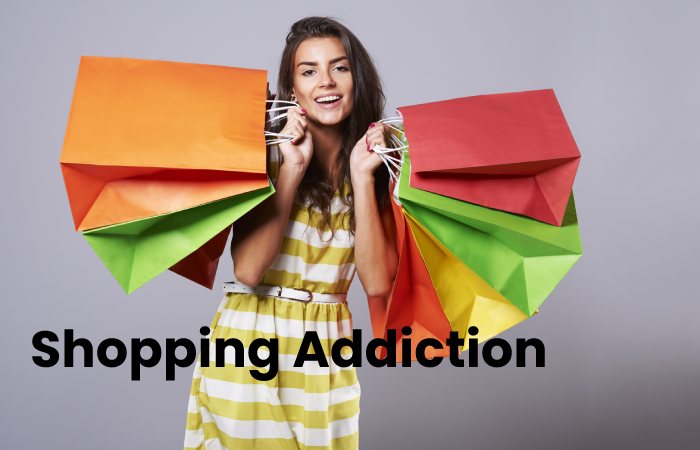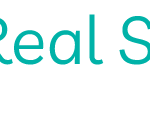Table of Contents
Shopping Addiction
Shopping addiction occurs when shopping becomes necessary, ceasing to be a recreational activity or solving a lack. In most cases, these are unnecessary or fashion-related products. Shopping addiction, also known as oniomania, is characterised by the uncontrollable desire to make new purchases in an uncontrolled manner. Also known as compulsive buying or oniomania.
it is an addiction that causes the subject to buy for the sake of buying, being unable to control impulses. People with this disorder make many unnecessary purchases, thoughtlessly and often excessively, to relieve some sense of discomfort.
Currently, there are different times when consumption increase excessively (Christmas, sales, Black Friday. Said consumption motivates by the desire to buy a necessary or desired product, give a gift to a relative, acquire products with a better price. However, it is possible to find situations and cases where other motivations propitiate the act of buying. Different intrinsic, beyond a real need, becoming a problem for the person and their environment.
Cultural Changes
The cultural changes that have occurred in recent years, primarily influenced by the rise of advertising, have contributed to the development of a consumer society that has generated a considerable increase in the purchase of all kinds of objects and leisure activities, increasing a somewhat fictitious way the needs and desires of individuals.
The various consequences, especially the high cost generated by this excessive behaviour, have caused it to become one of the problems of a psychosocial nature that has aroused the most significant interest in many specialists and researchers, reaching the expression of “shopping addiction.”
Shopping Addiction Symptom

Contrary to what it may look at first glance, it is not easy to control or sense a person with this pathology. In Addition, We live in a period acknowledged as the “era of consumption,” where this activity is practising as if it were a sport. Thanks to new technologies and distribution platforms, we buy permanently, every day, and anytime.
Shopping addiction observes without going further and avoiding complex explanations when the consumer loses any actual want when purchasing the product, even reaching the absurdity of buying things that will not even be removed from the packing. The user accepts to buy, being sad or happy; enjoying the purchasing process -primarily through credit cards-; feeling relief when making the purchase, and a long list of symptoms.
However, People with a shopping addiction are usually in early adulthood, roughly between 18 and 30. These people typically spend large amounts of money on purchases, in some cases accumulating debts.
Some of the common symptoms of people suffering from shopping addiction are:
- feeling of guilt
- Low self-esteem
- Great satisfaction when buying
- Difficulties with social skills
- poil what they have
- Bipolarity
- Anxiety, depression, or a feeling of emptiness when not shopping
- constant frustration
What are the Causes of Shopping Addiction?
Internet shopping has facilitated the increase in cases of shopping addictions. Next, we identify the leading causes of addiction:
- Obsession with physical appearance: social networks have given enormous power to the image. Fashion can be a means to enhance that presence and can lead to an addiction to buying new products.
- Low self-esteem: it is the basis of multiple sufferings. This can cause a person to seek acceptance in her group of friends, projecting a particular image.
- Cover affective deficiencies or internal emptiness: with a shopping routine, a person can feel that they control this aspect of their life. You use the occupation to distract your attention from an issue that may concern you more. That is, there may be personal suffering behind the addiction.
- Education without limits: if a person has grown up in a situation where his whims were immediately attended to, he internalizes that model of a world where desire is not postponed.
How Can it Be Prevented?
To avoid falling into compulsive buying, it recommends following the following tips:
- Avoid buying in times of sadness
- go shopping together
- Make a shopping list to assess what you need
- Go out with a specific budget
- Detect if there is an accumulation behaviour of similar products.
Treatments for Shopping Addiction
The necessary treatment is based on strategies at the behavioural level so that the patient manages to improve his self-control, reducing his maladaptive behaviours.
The goal is for the addicted person to improve their level of functioning and reduce anxiety. In some cases, psychological therapy combines with pharmacological treatment to enhance the results.
To avoid suffering from an addictive disorder such as shopping addiction, it recommends :
- Don’t buy when you’re sad
- Always go shopping with the accompaniment of another person
- Have a clear budget
- Always make the shopping list and do not spend more than indicated
- Reflect on whether you get used to accumulating too many things at home
Finally, we must consider the increase in this problem worldwide, particularly in Western societies. Some studies show a clear trend towards spending addiction where, in the United States alone, for example, cases have doubled in just under a decade, from 5% in 2007 to 10% of the total population.
Consequences and Effects
The difficulties faced by those suffering from shopping addiction are not minor. The first resentment is found in their economic resources, necessary to meet basic expenses for day-to-day. Firstly, It has remained the case that some individuals give up a good diet to meet material overheads. From an emotional point of view, the steps of depression and gloom are potent. The gathering of unused objects generates a suffocating feeling of guilt. Hence, Not knowing where to hide the products, they become the reflection of the problem since they are in sight at all times.
Among the most frequent consequences of shopping addiction are:
- Spending more money than necessary and available
- Loss of family savings
- Indebtedness and unpaid bills
- Request bank credits to cover receipts and basic needs
- Family, work, and social problems
- Tell lies, excuses and hide information to go shopping
- Reduced efficiency and productivity at work
commit petty criminal acts to get money - Withdrawal from social relationships with close friends and acquaintances
Conclusion
Shopping addiction includes certain behaviours, and even being aware of how harmful they are and of the negative consequences that they entail, you cannot stop doing them the “impulse control disorders,” a group of disorders that are characterised by the fact that the person cannot control.
Also Read: Weight Loss


